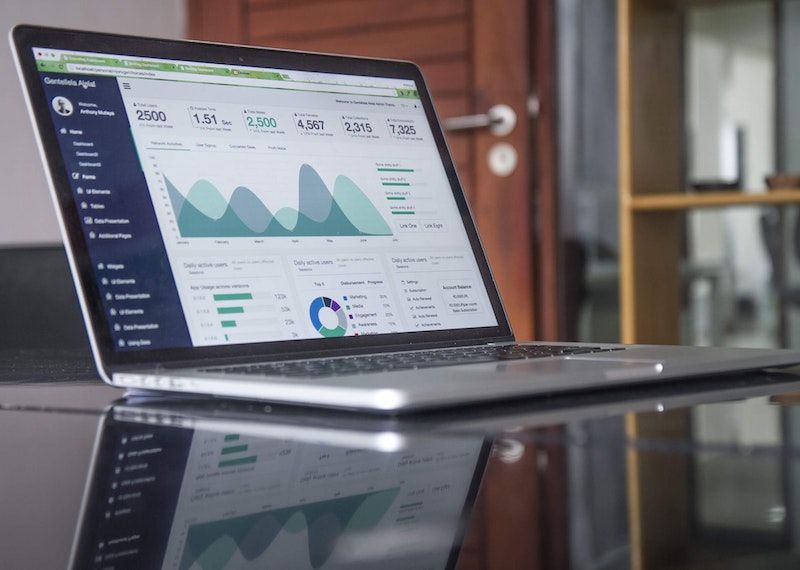The coronavirus pandemic has made it difficult if not impossible for many small businesses to operate in person. For many businesses, the answer to staying afloat has meant moving their operations online.
This, of course, looks different for businesses in different industries, and each industry has its own unique challenges that go along with it.
For example, a restaurant that starts offering online orders must also create a carry-out and/or delivery system, and a retail store that starts selling its products online must also determine the logistics of delivery or curbside pickup.
Suffice it to say, moving a business online can be complicated. However, coronavirus is just one of the many reasons to do so, so if you haven’t made the leap already, it’s still worth doing, even as some states are starting to loosen restrictions on activity.



